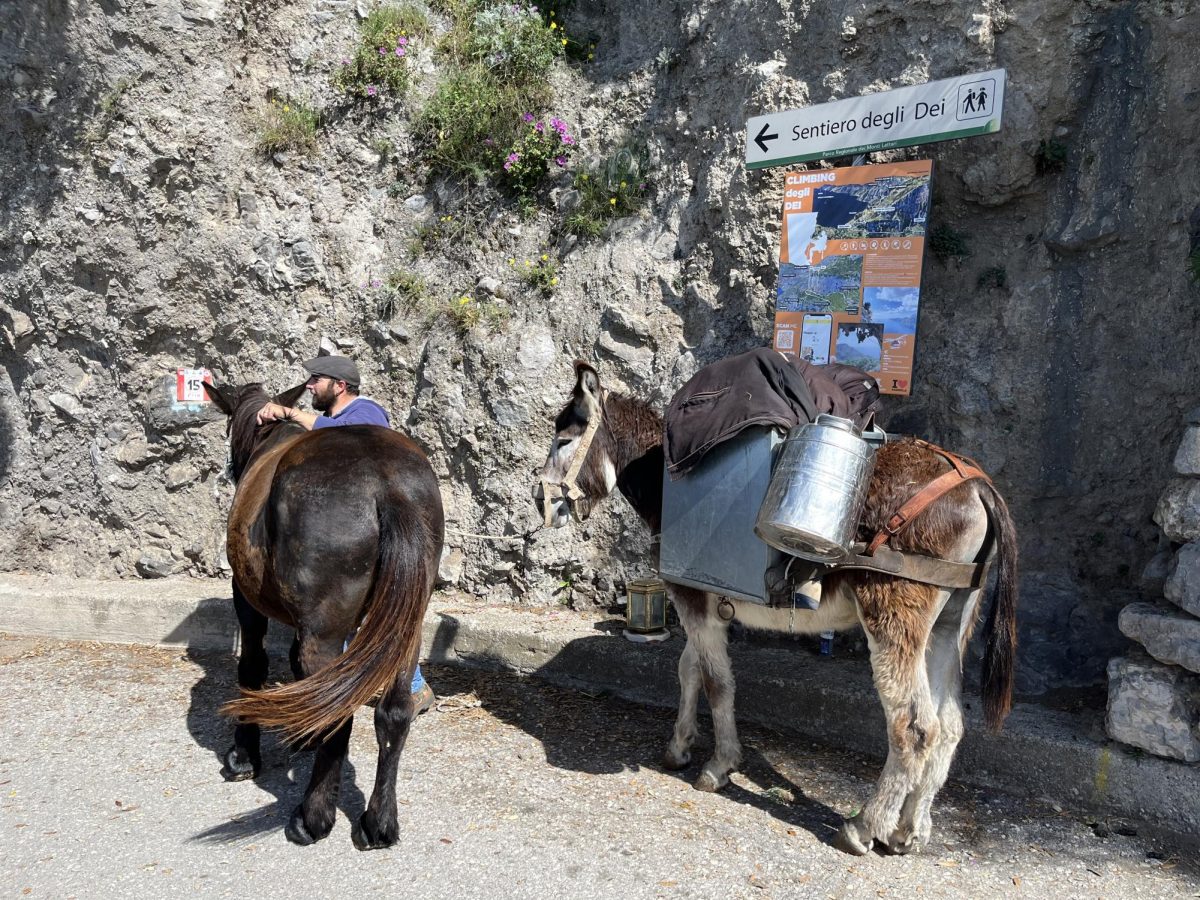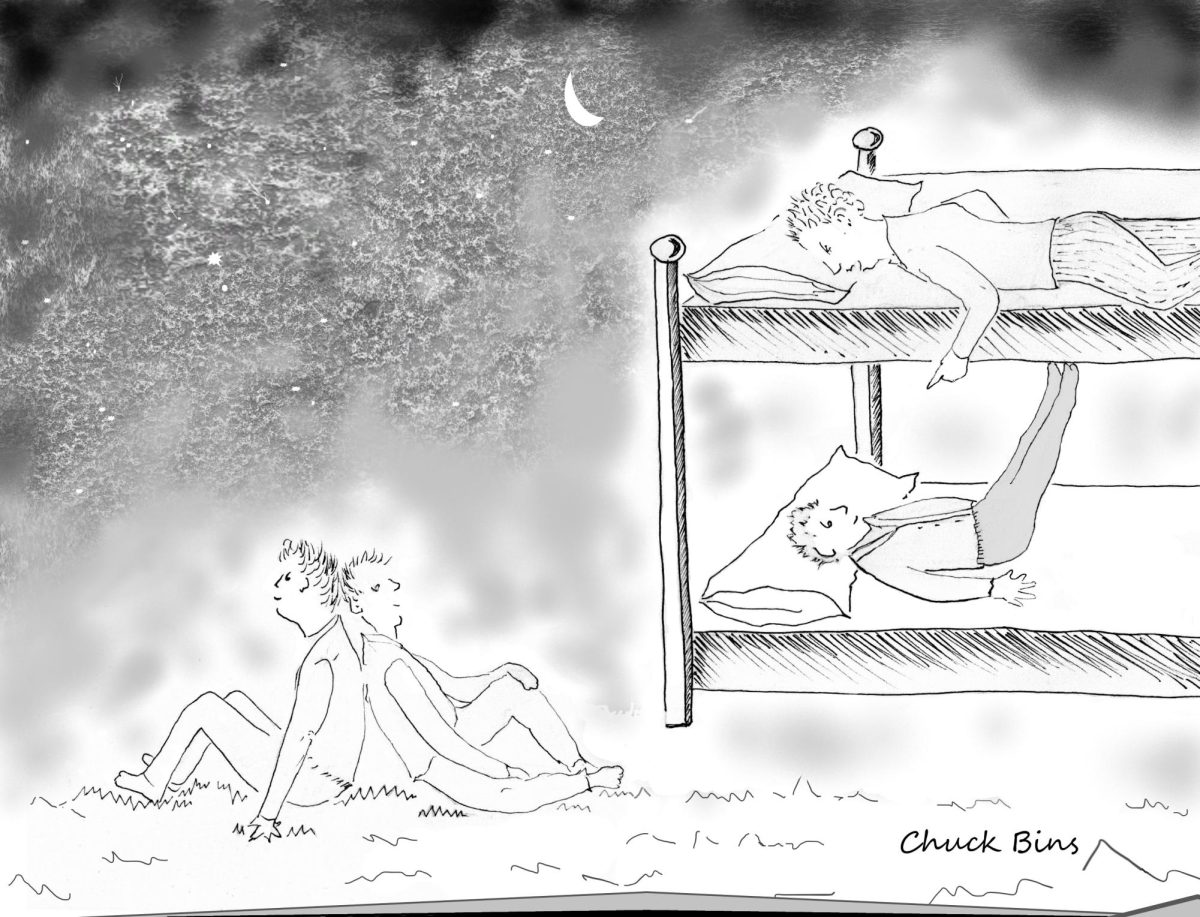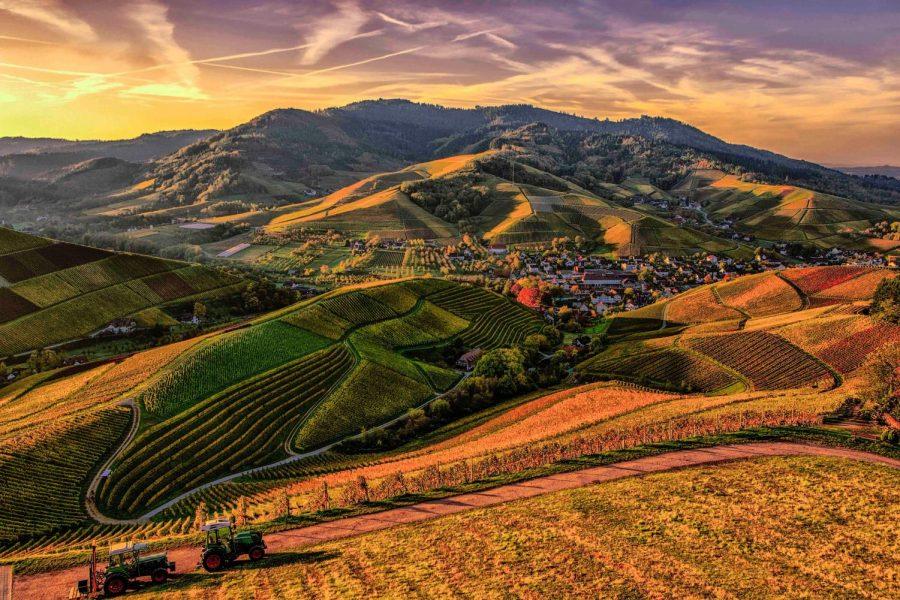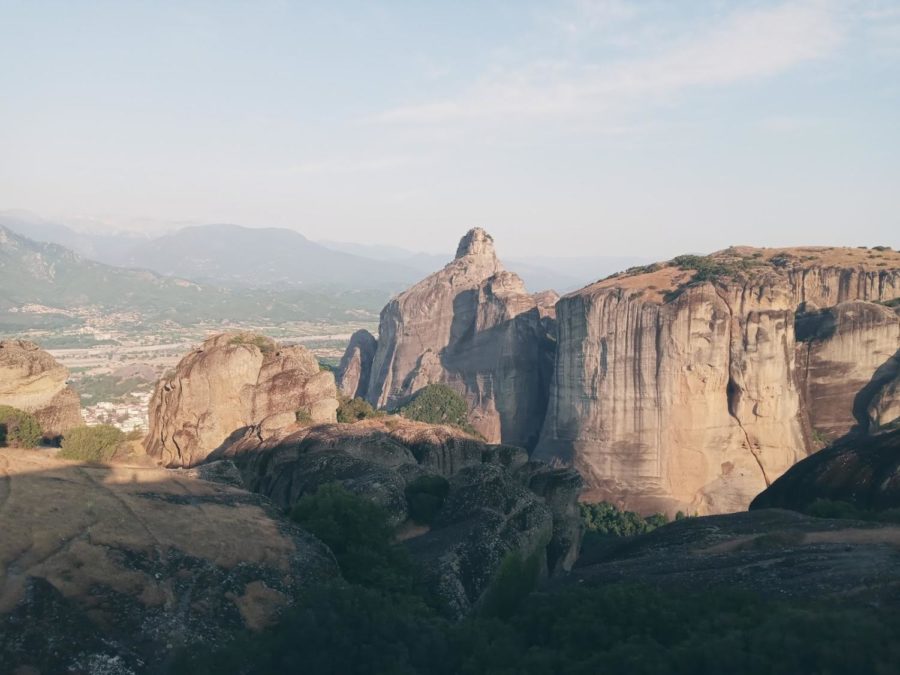I convinced my husband that he wants to hike the Amalfi Coast for his 70th birthday. A 50-kilometer stretch along the southern edge of Italy’s Sorrentine Peninsula, the Amalfi Coast is known for its rugged coastline and colorful villages nestled within steep cliffs. Online ads feature romantic terraces for watching the sunset and intimate dining experiences.
Of course, seeing the Amalfi coast from a boat would not suffice. We would experience it firsthand: traverse the jagged rocks on foot, expose ourselves to the local culture, and toast the natives with their homemade Limoncello. Arriving in early May, we hope to beat the heat and tourist rush while enjoying the blooming wisteria and mountain wildflowers. After some research, we settle on a small group tour consisting of three single women, my husband, and me.
Suffice it to say that our daily excursions prove more challenging than anticipated. The paths are uneven, littered with boulders and loose rocks, and many sections involve steep inclines or slippery declines. Husband is glad he took his hiking poles, as they offer more stability and pressure off his knees. I am more cautious going downhill than uphill, having fractured my foot years earlier by stepping off a rock at the wrong angle. Younger hikers, some wearing only sandals, regularly pass us, their speed and agility not yet diminished by age.
Our biggest accomplishment is completing the Path of the Gods, known in Italian as il Sentiero degli Dei. About five miles long and at a height of 2065 ft above sea level, the dirt trail meanders through terraced olive and lemon groves with magnificent views of the sea and distant villages. Legend says the gods cut the path into the earth as they came down from Heaven to save Ulysses from the mermaids’ song. From our perch, we seem to be above the clouds, like the gods themselves. Our guide, Carlotta, says this path was originally a mule track, the only way for farmers to carry their produce from Agerola to Positano until World War II, when Mussolini completed the main road along the coast to get his tanks around the mountains.
Starting the hike from a piazza in Agerola, we share the trail for the first hundred yards with Antonio, a goat farmer, leading his mule, Limone, and donkey, Limoncello, with supplies for an old farmhouse he maintains below the path. We feel a little bad for the two animals, laden down as they are, but having done the route regularly for several years, they soon leave us in the dust.
Carlotta seems to glide over the terrain as we plod along. Still, she is sensitive to our need to stop occasionally, using the brief respites to educate us on the local flora or farming methods. We marvel at the grapefruit-size lemons, wild thyme and rosemary growing out of the rock face, and views with death-defying drops to the sea below. About two miles in, Carlotta gives us a choice: climb up to a higher trail with more dramatic views or stay on the trail we are on and stop at Antonio’s for a snack. Guess which we picked?
Stepping out of the sun and into Antonio’s farmhouse is like going back in time. The farmhouse is a hollowed-out cave with bare stone walls and an open fireplace. Shelves of baskets, canned tomatoes, and other vegetables lined the walls. Large copper pots and slabs of pork hang from the ceiling, along with a huge cowbell, whose gong consists of an animal femur. Antonio quips that it was the bone of the last customer who didn’t leave a tip.
Joking aside, Antonio’s is not a restaurant. What he serves to those who choose to stop has no fixed price—you pay what you think is fair. We watch as another man stands at a stove, stirring a large pot of goat’s milk. I learn that the milk needs to be heated, cooled, then heated again to be fully pasteurized and to separate the curds from the whey. It’s a long and time-consuming process, but one passed down from Antonio’s father, grandfather, and great-grandfather, all of whom were goat herders. I don’t see many goats milling around, but Antonio supposedly has about 100.
It’s quiet in this cliffside farmhouse, but he must have additional hands to get all the goats milked twice daily and then turn that milk into cheese. The seasons and what the goats eat also affect the workload. The cheese is richer and denser in winter, and less milk, maybe just five liters, is needed for every kilo of cheese compared to 12 or 13 liters of milk needed for a kilo in the summer.
We settle at the weathered tables outside on the patio. Despite the heat, a “roof” consisting of tree branches tied together with string and rolled out across several crossbeams protects us from the sun. As two border collies play at our feet, Carlotta brings out a wooden board loaded with fresh ricotta cheese, tomatoes, and honey that we smear on thick slices of ciabatta bread. Within minutes, the board is empty. This is the Path of the Gods, and we are in Heaven!
Suddenly, Limoncello lumbers past, lightly brushing up against my back. He’s looking for his friend Limone on the other side of the farmhouse. We peek around the corner and see them huddled together with a few black goats. By now, I’m a bit sticky and need to relieve myself. Twenty feet below, I spot an outhouse, a simple curtain the only form of privacy. Given that it’s my only option, I gingerly make my way down some rocky steps to the entrance. My efforts are rewarded with a pleasant surprise–a flush toilet and sink with running water!
Fully refreshed, we eventually make our way to Nocelle, where we rest and buy lemon slushies before tackling the 1700 stone steps down to Positano. That last leg may be the hardest on our knees, but we manage, then walk another mile to catch the ferry back to Agerola.
Back home in the United States, the photos of the hikes and scenic overlooks on the Amalfi Coast merge. We can hardly remember what hike we did when. What stands out is our stop at Antonio’s, where we were temporarily transported back to a simpler lifestyle and a farm-to-table meal that nourished our souls.



















Sadie Campbell • Nov 7, 2024 at 8:21 pm
You and Paul are such an adventurous couple! And you are both courageous to travel the described rough terrain and live to tell the tale! Sadie
Chuck • Jul 23, 2024 at 12:49 am
What an unusual place. I think Antonio was pulling your leg about the femur but I hope you left him a big enough tip to wallpaper the bathroom.